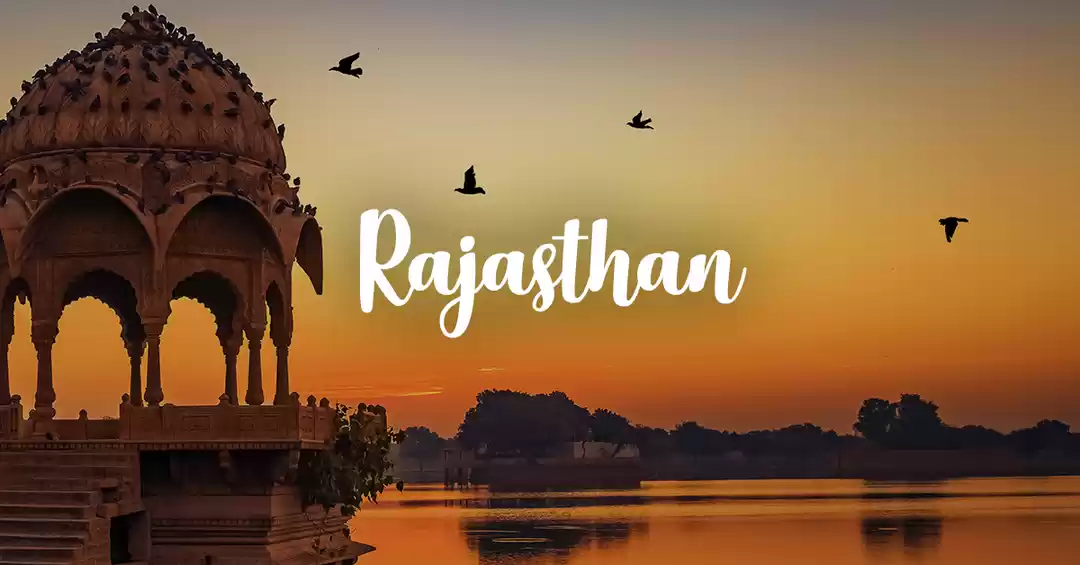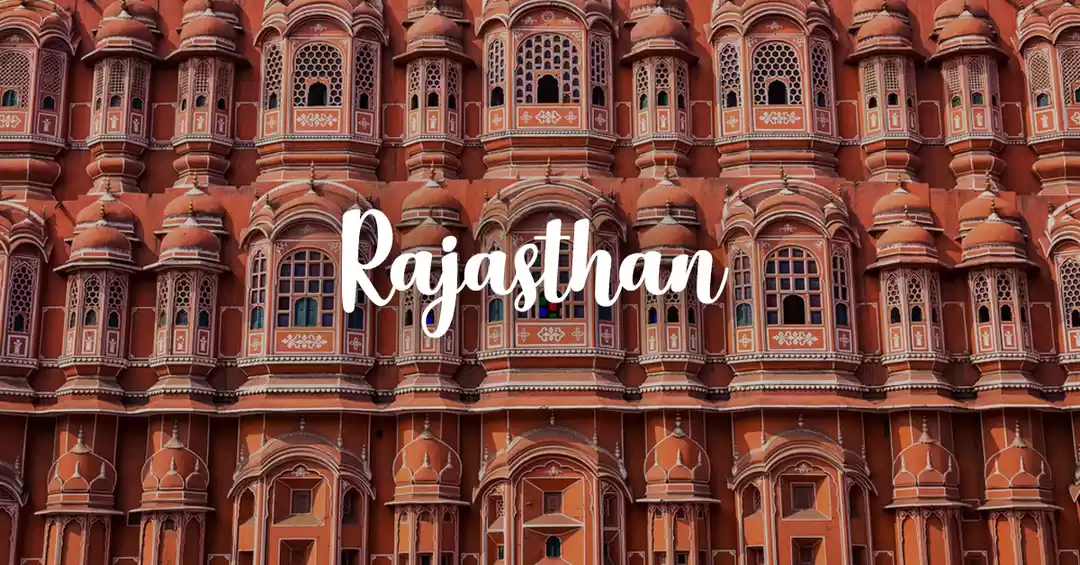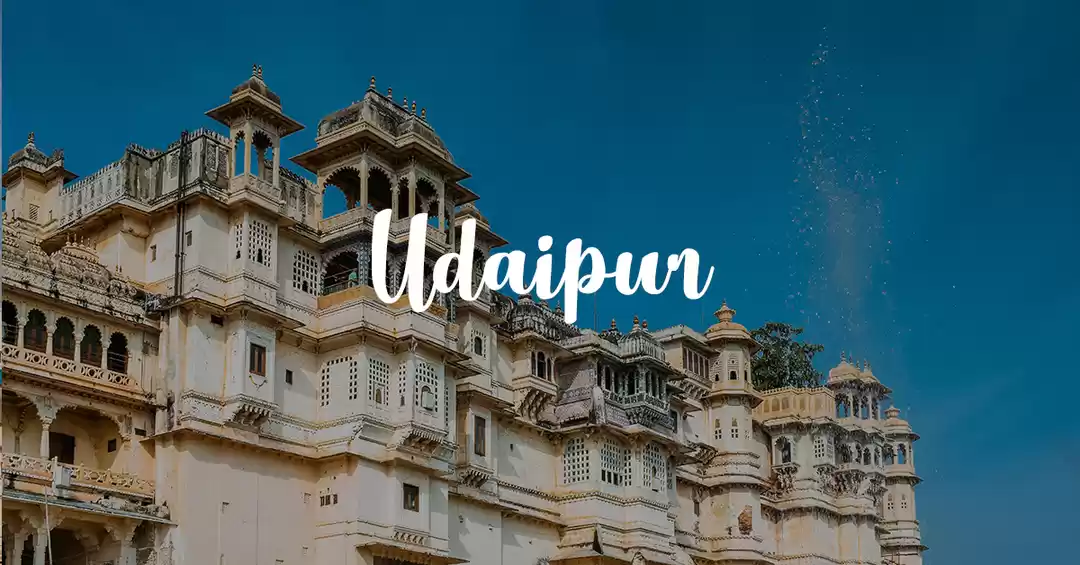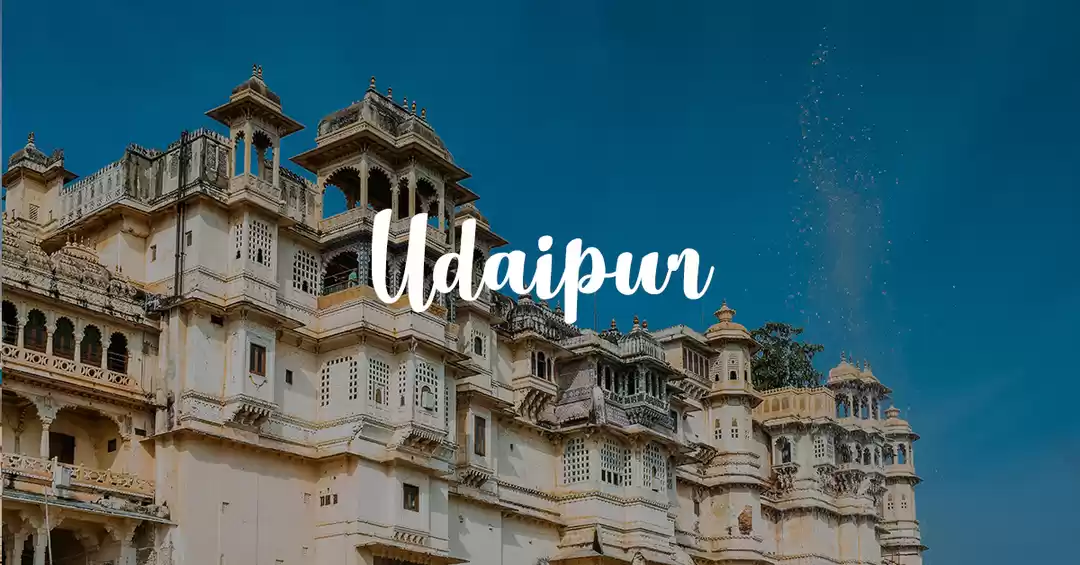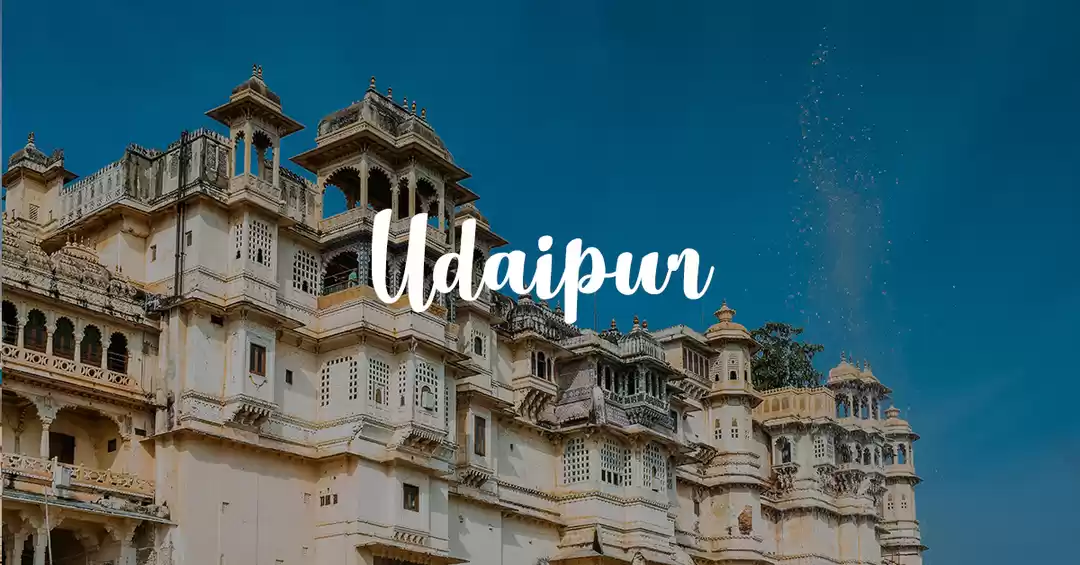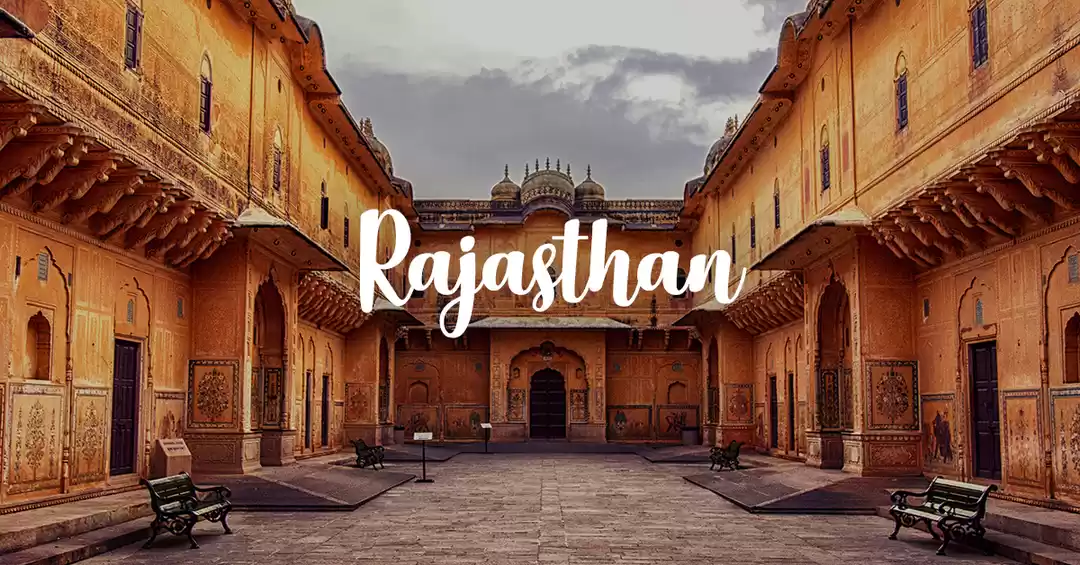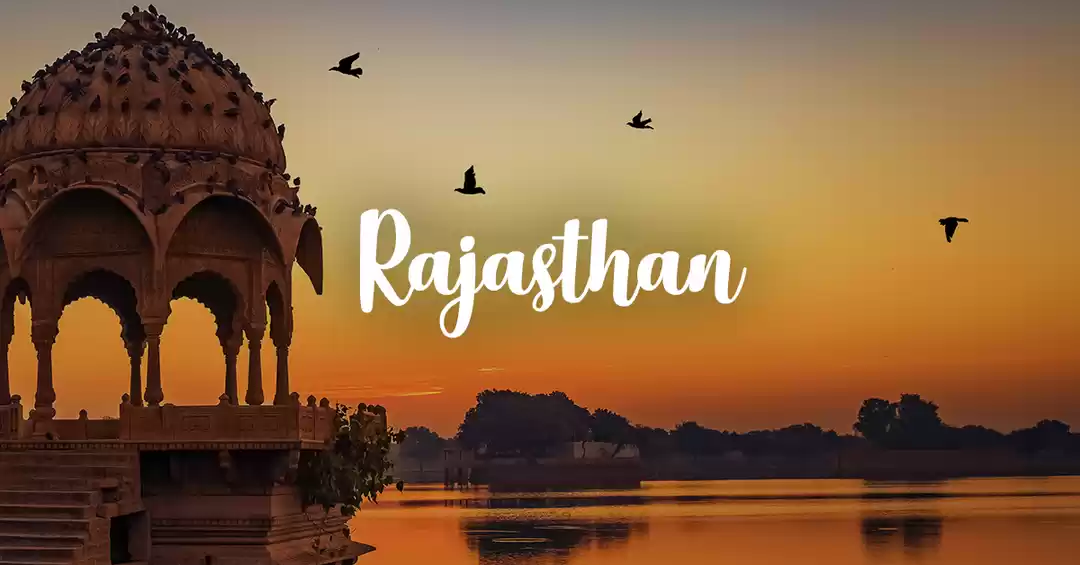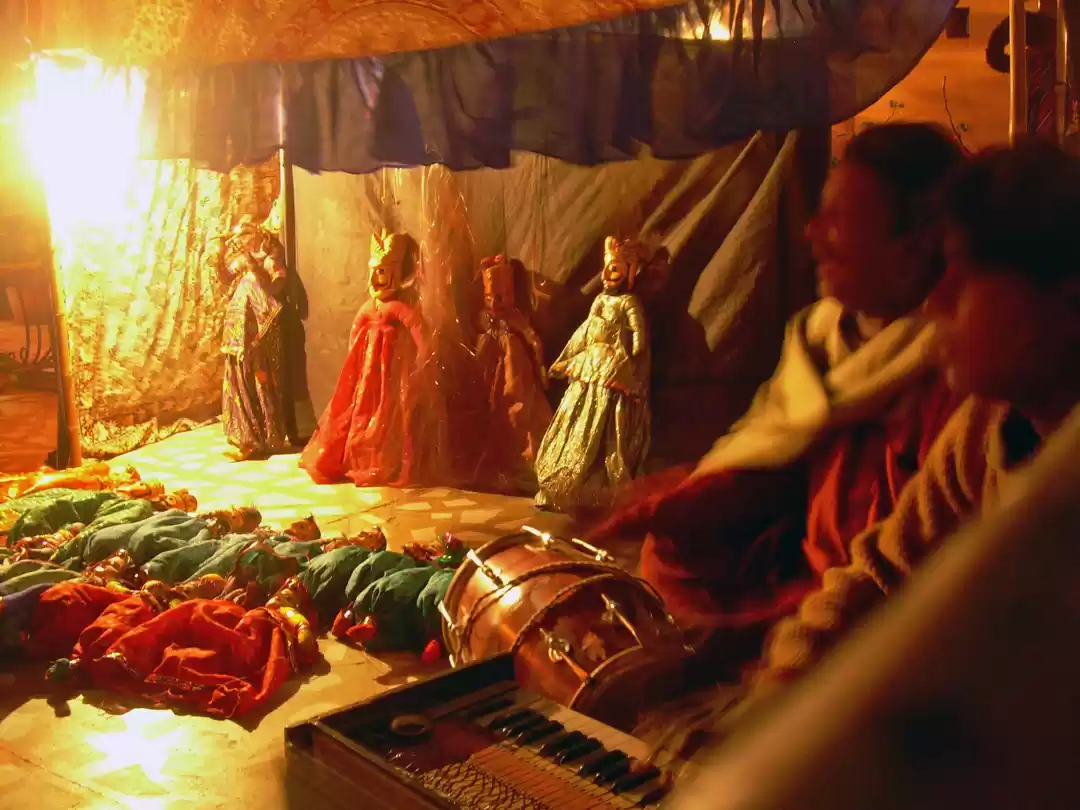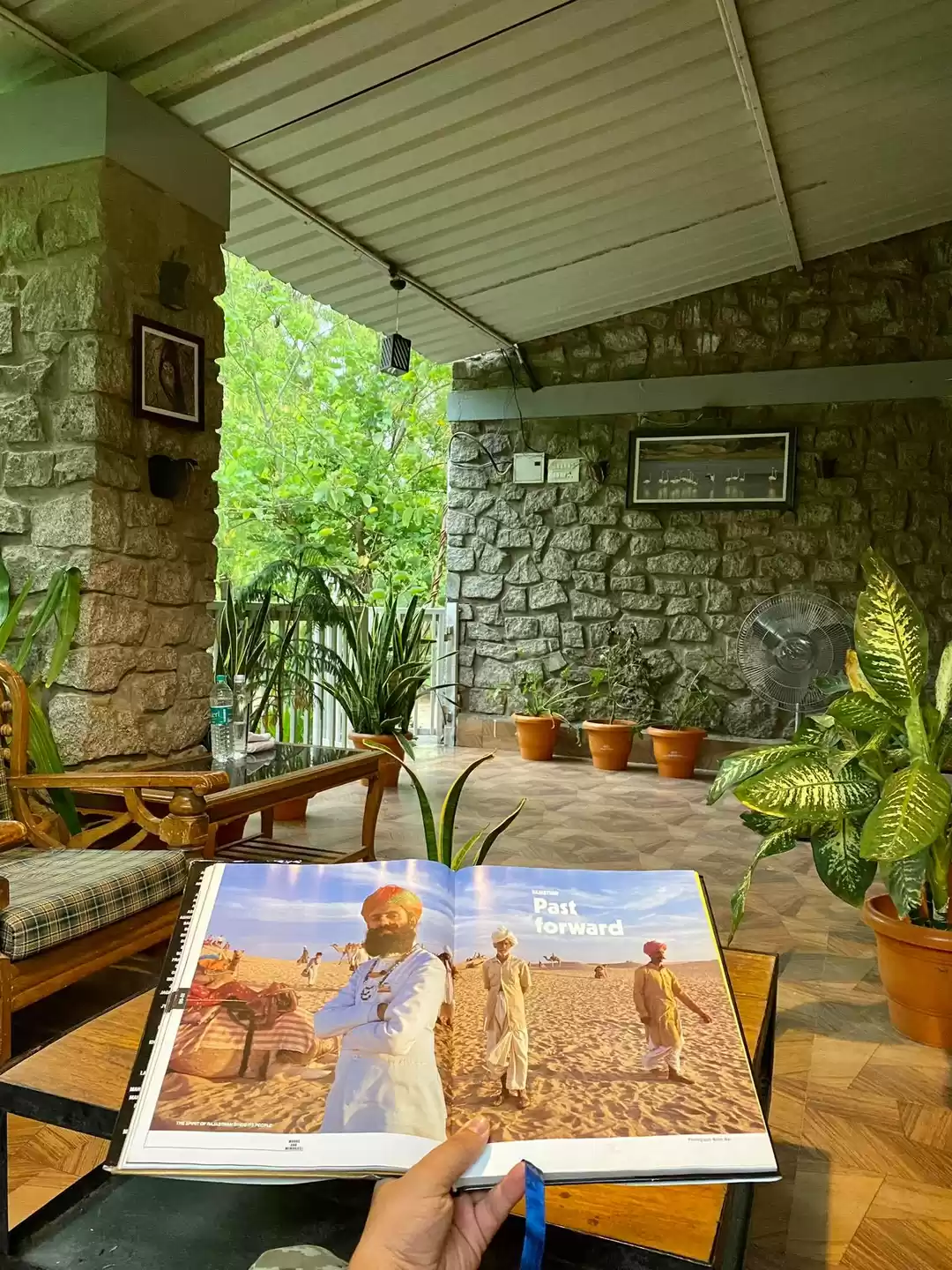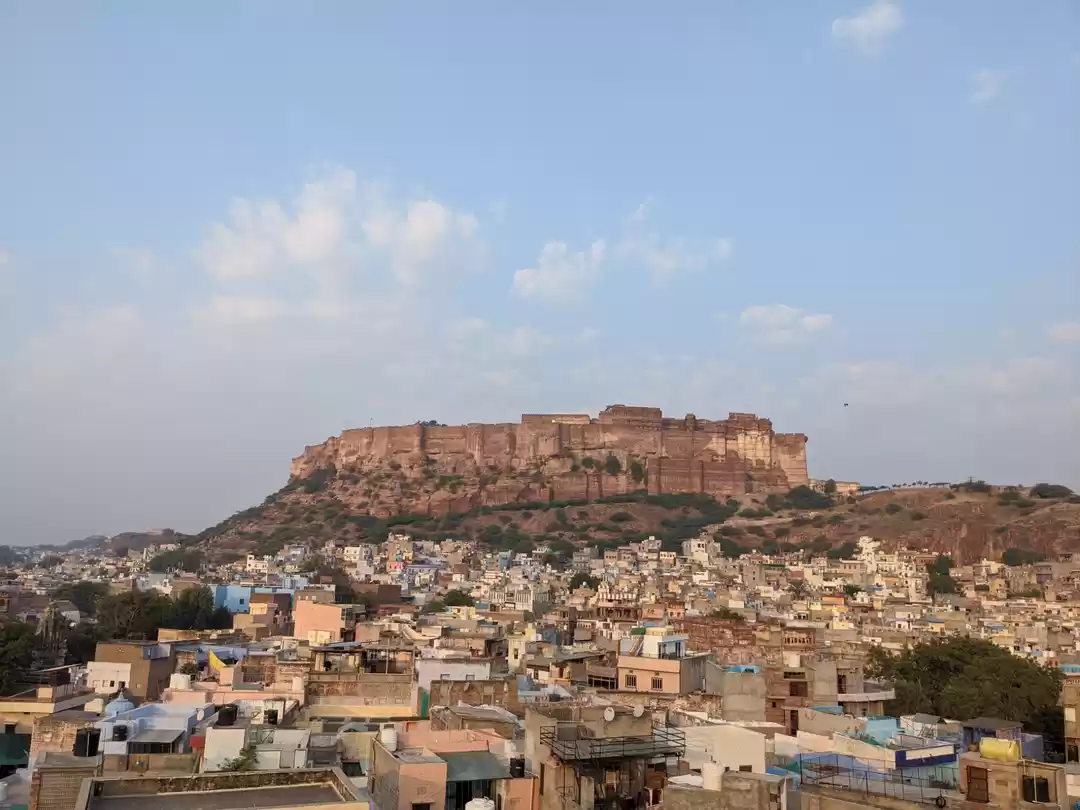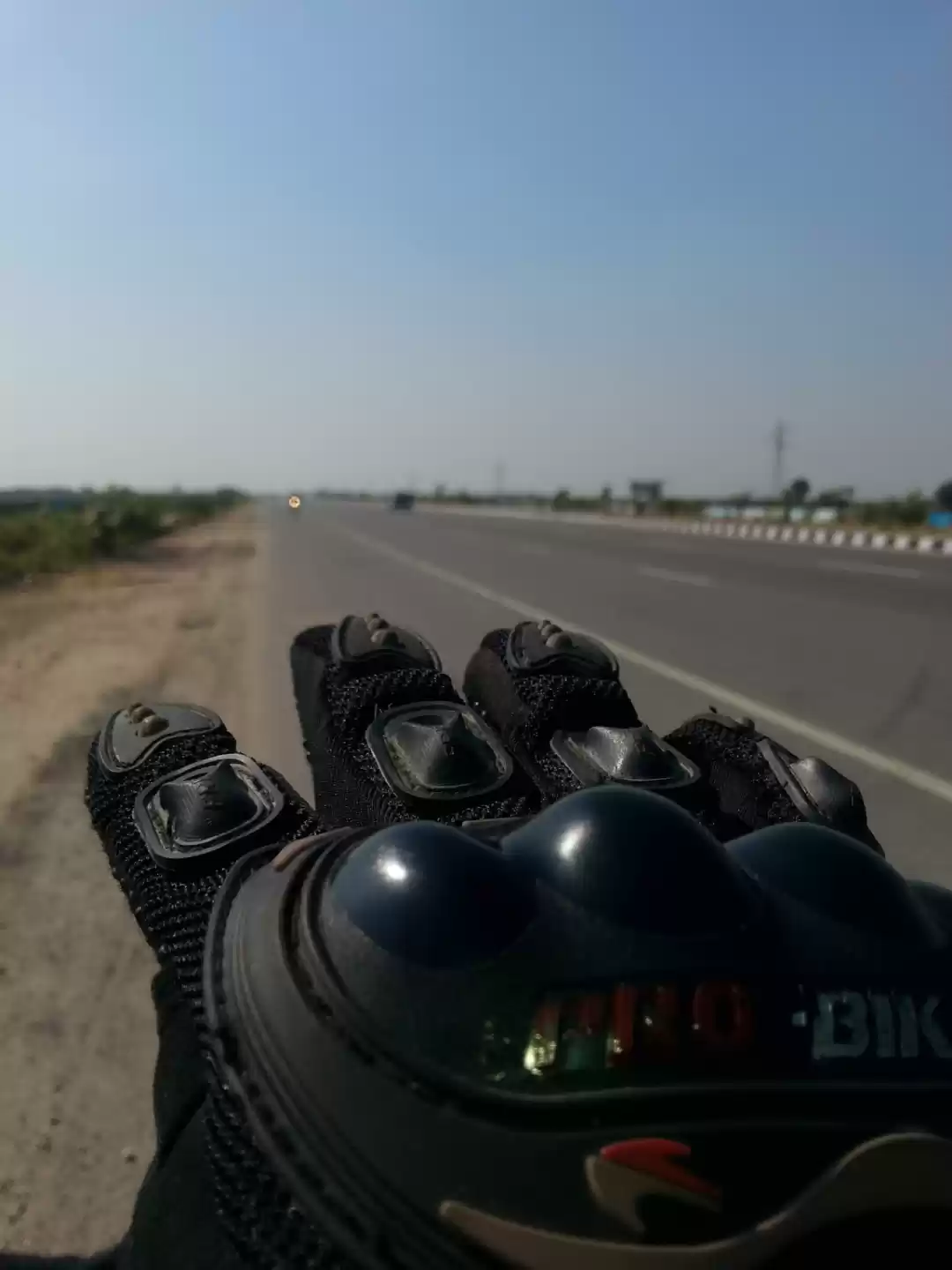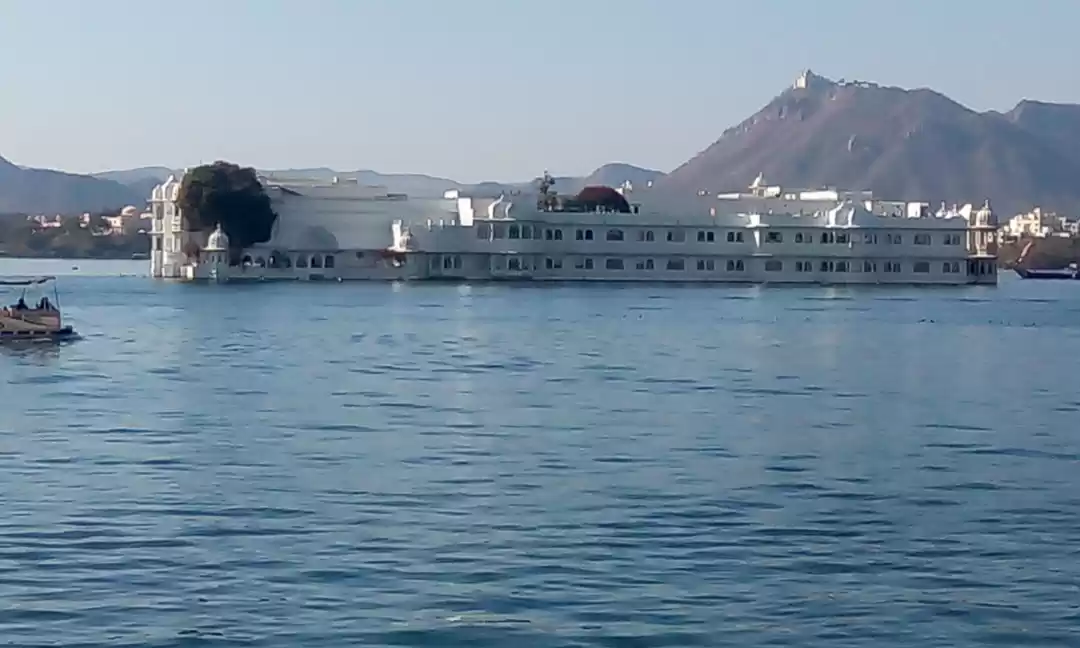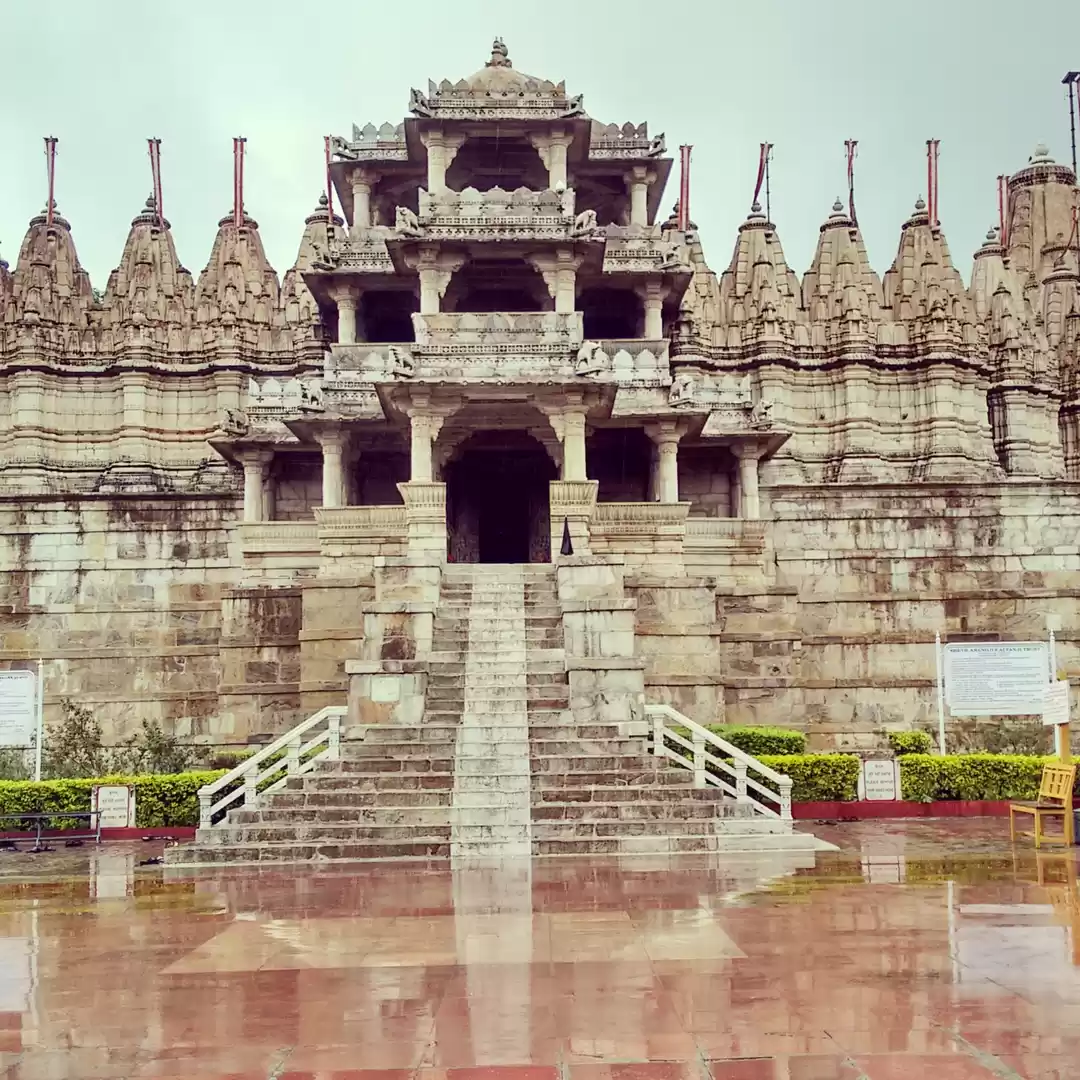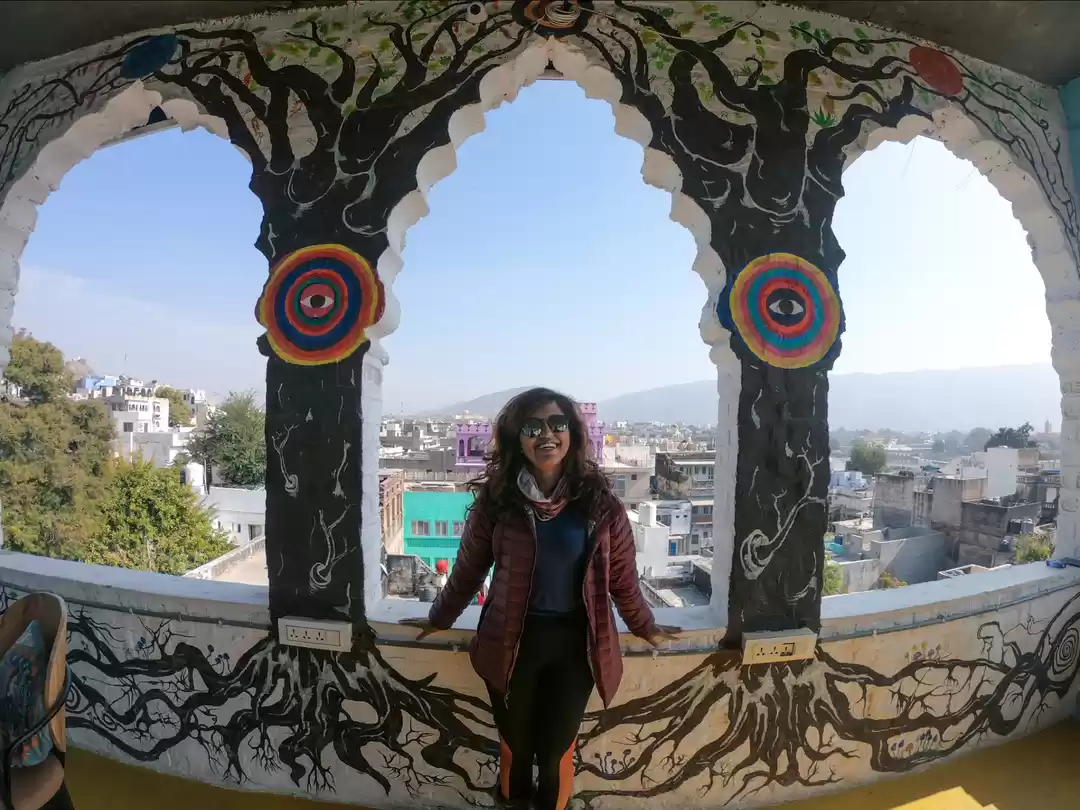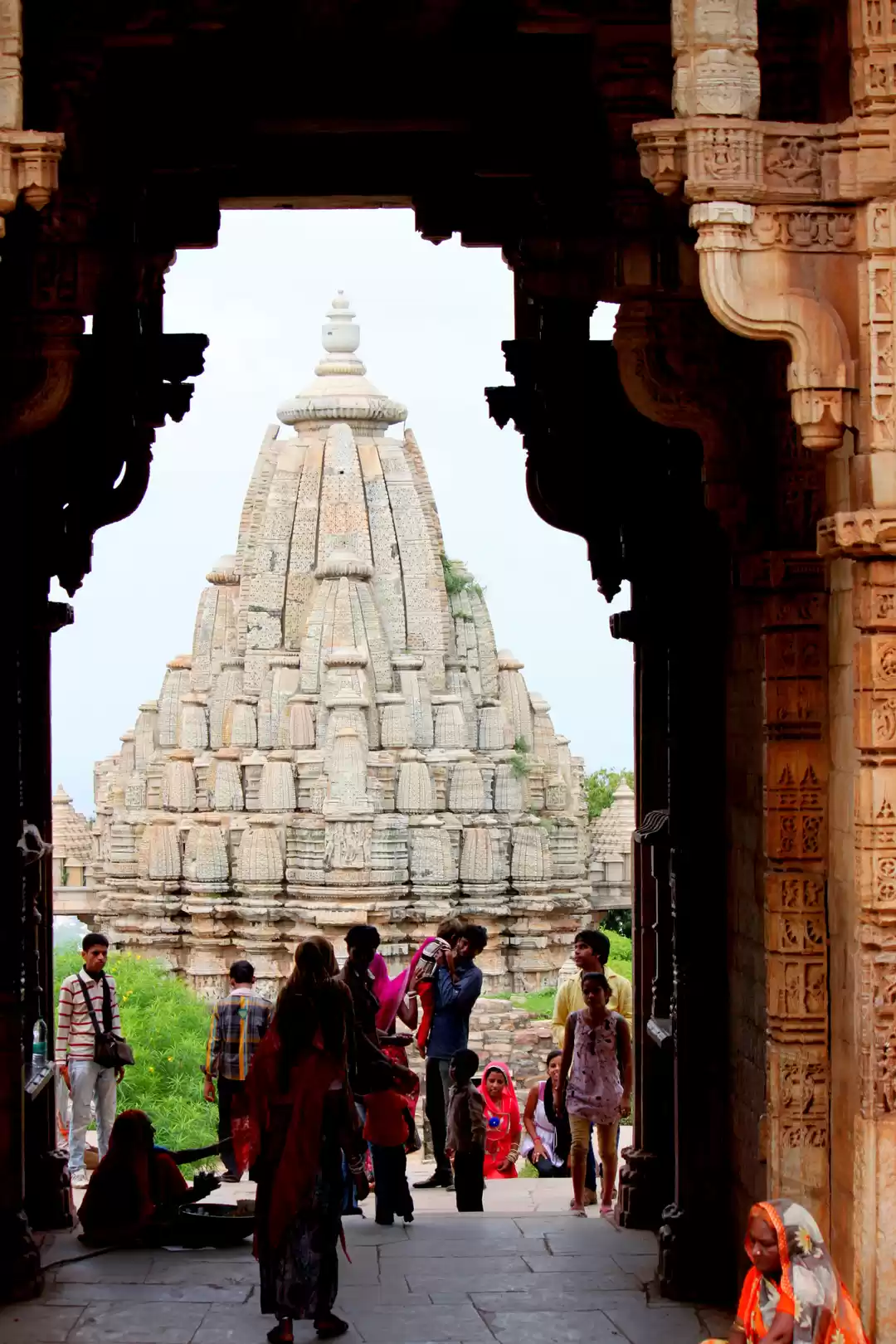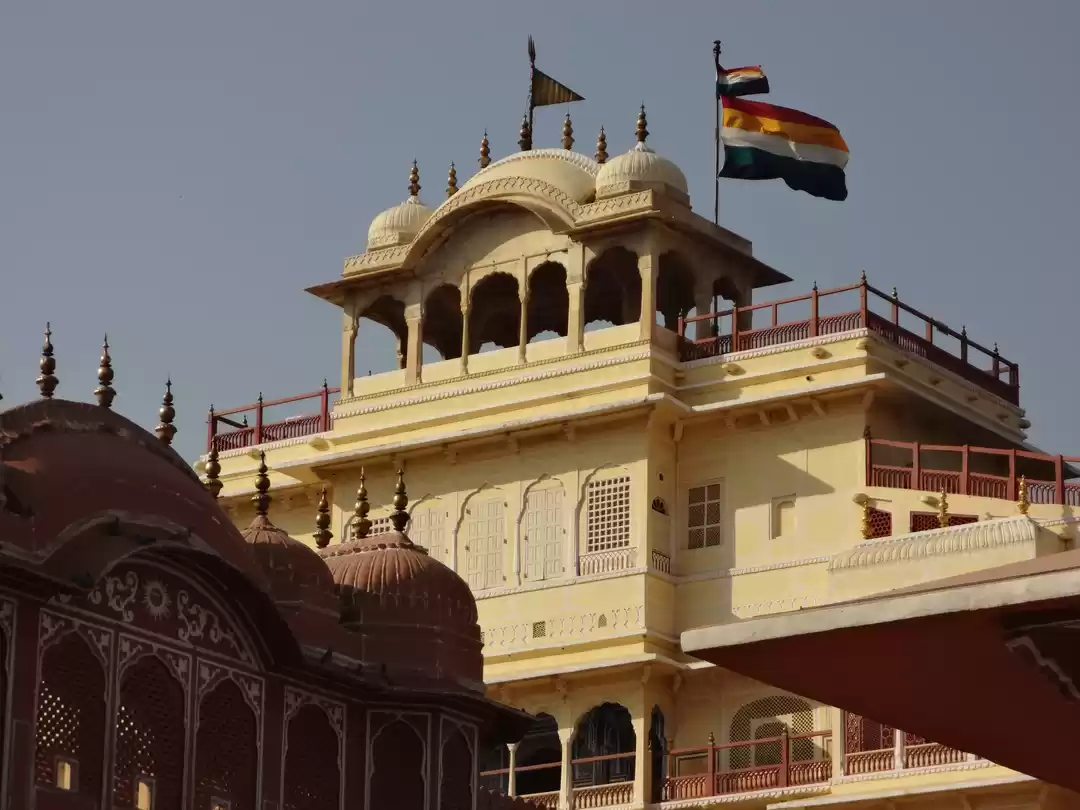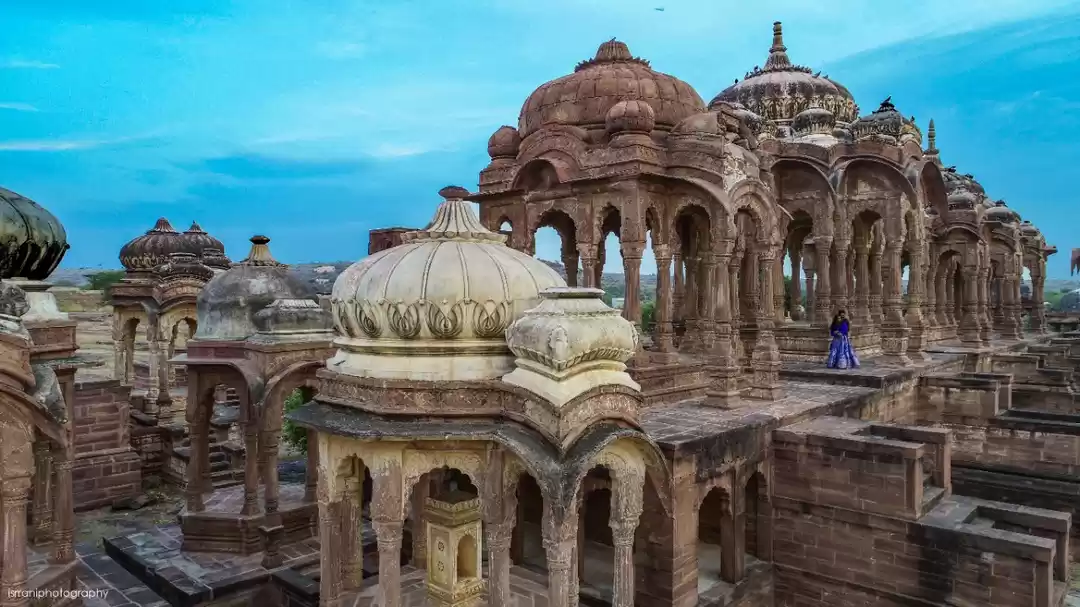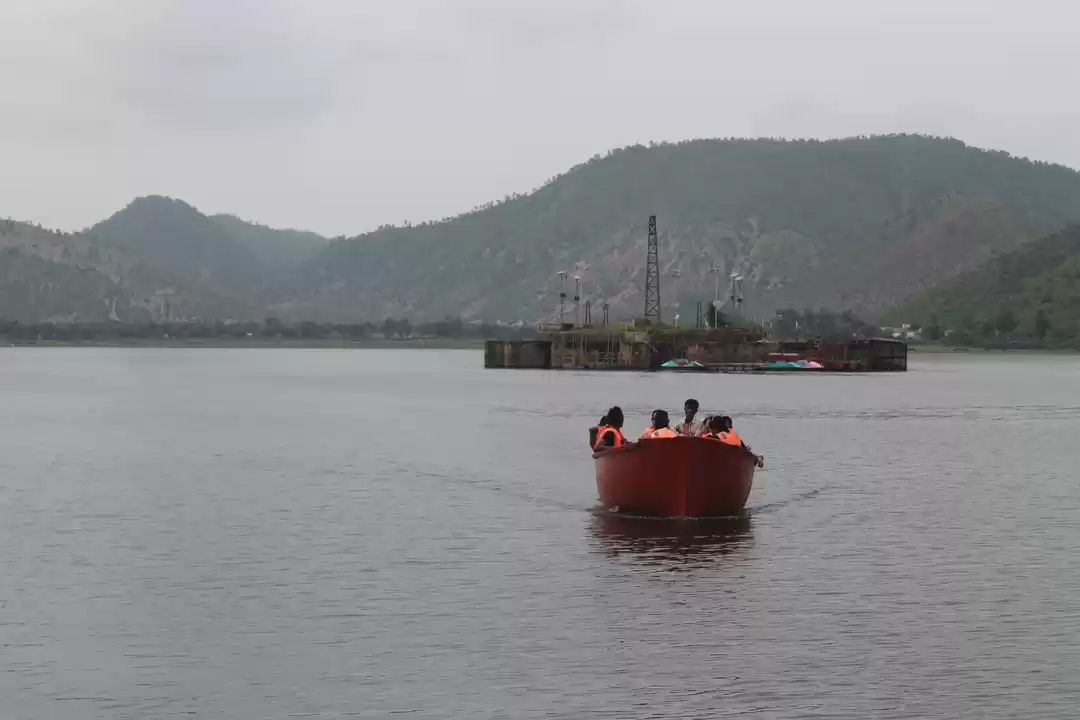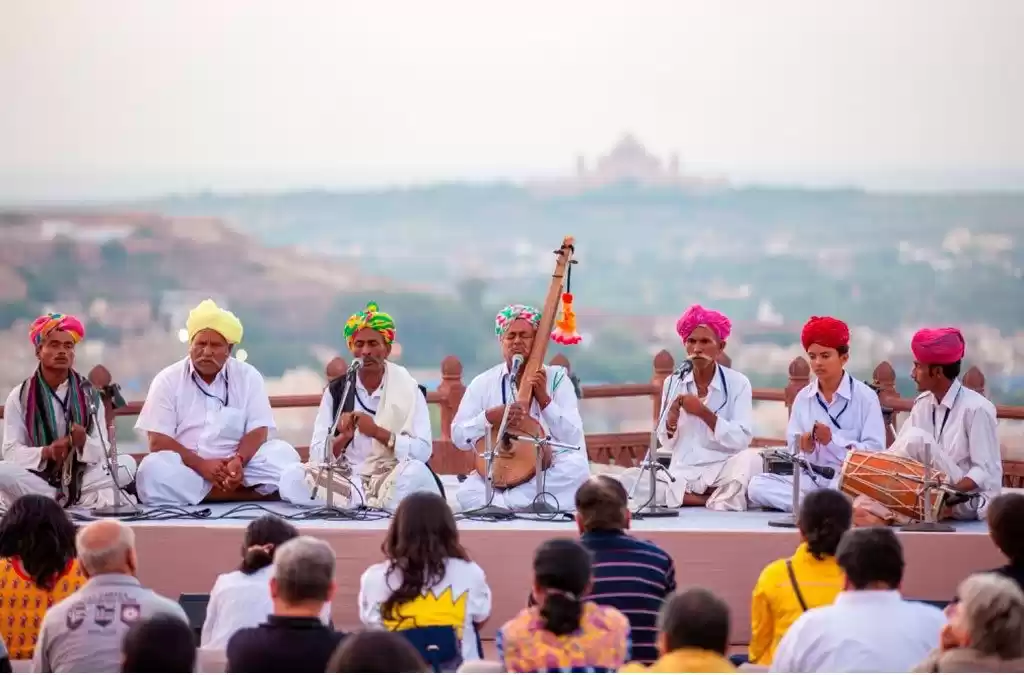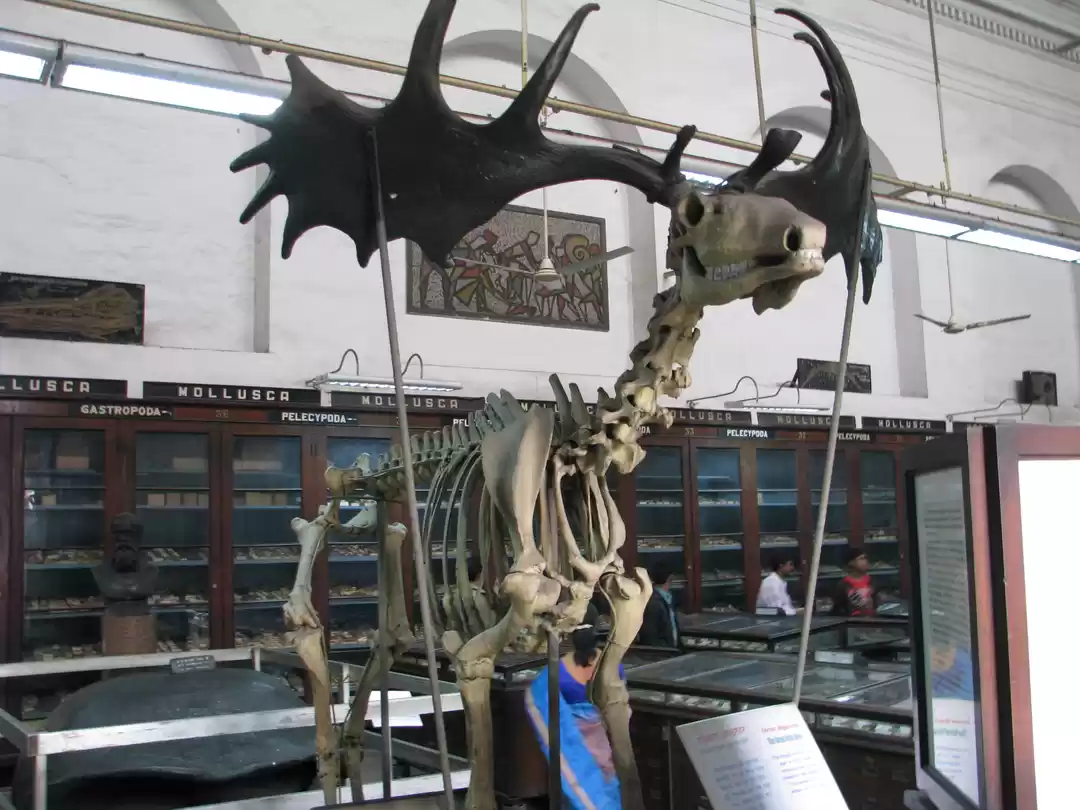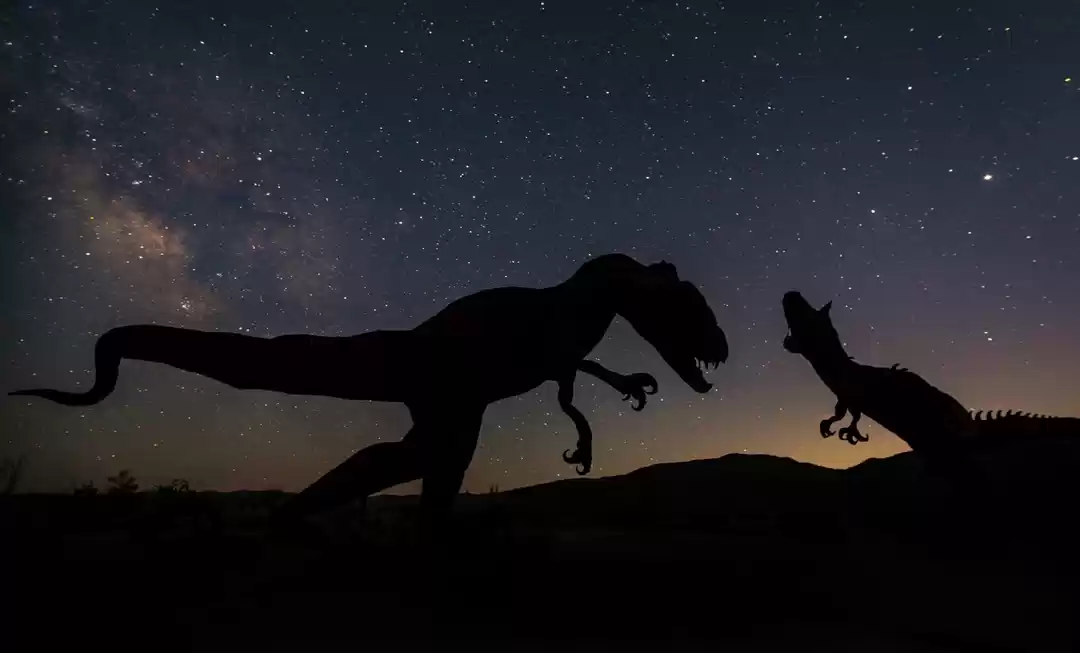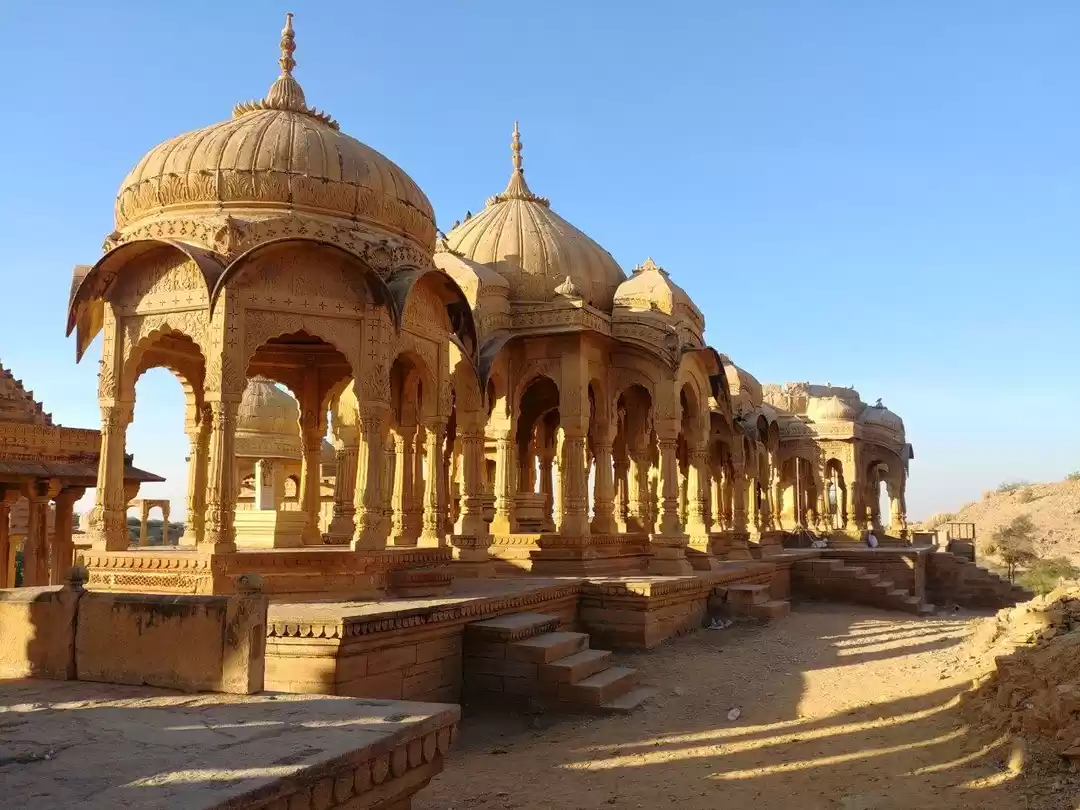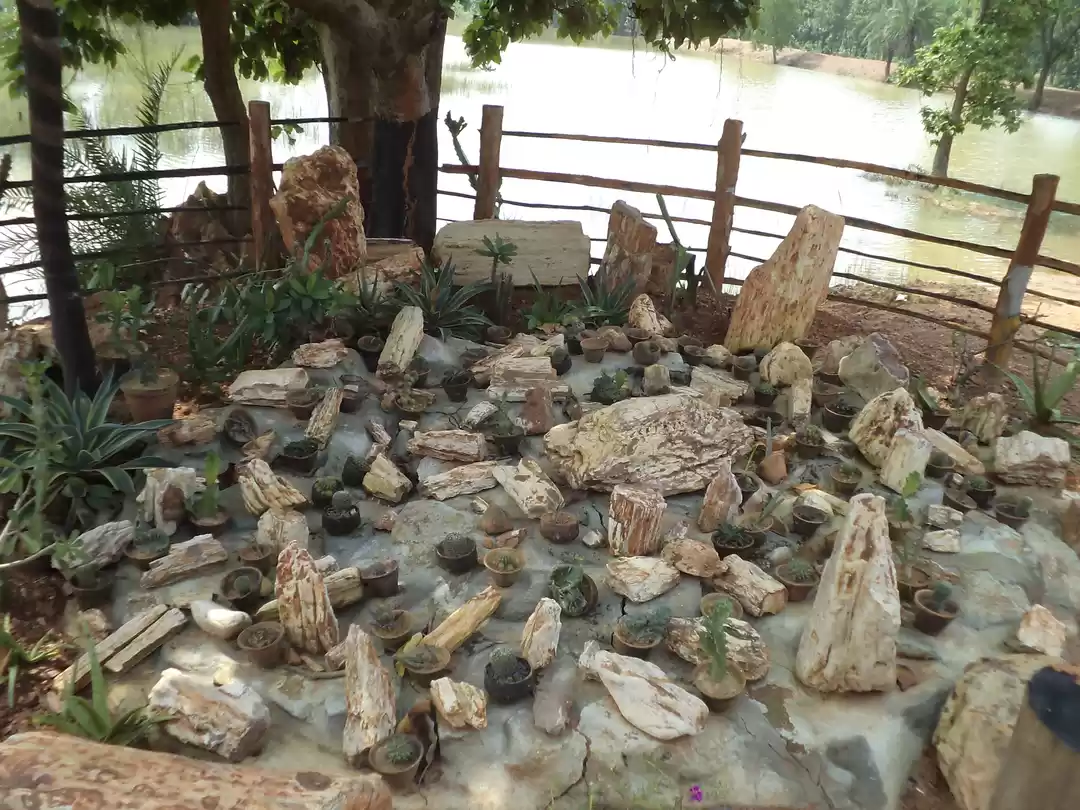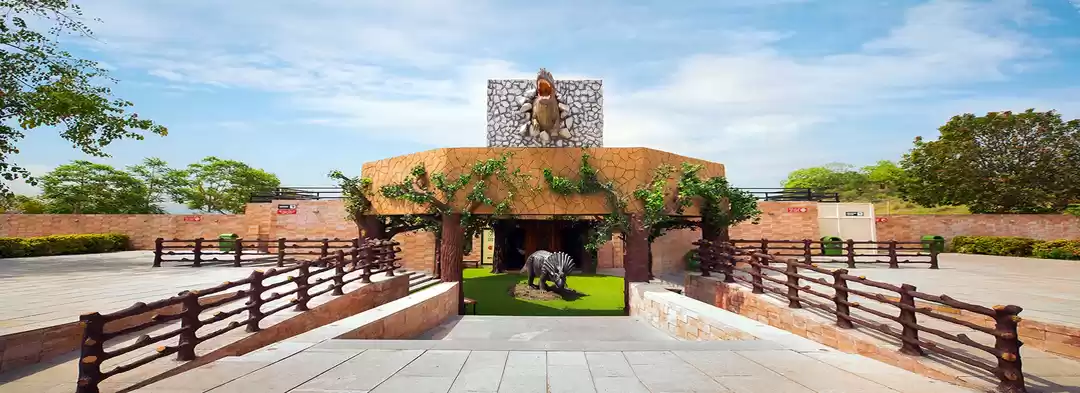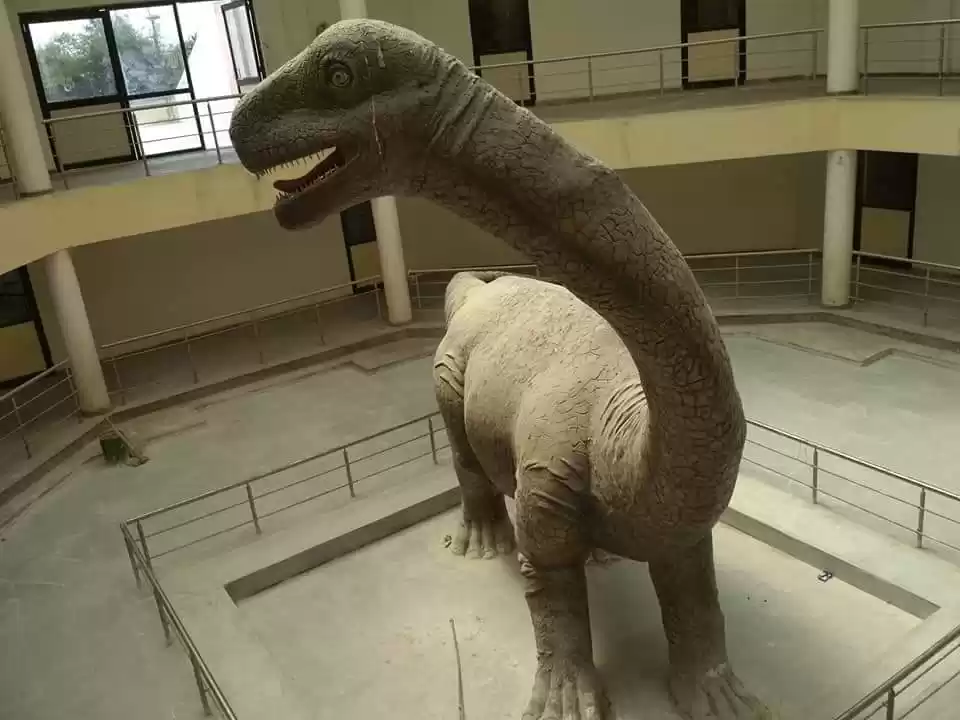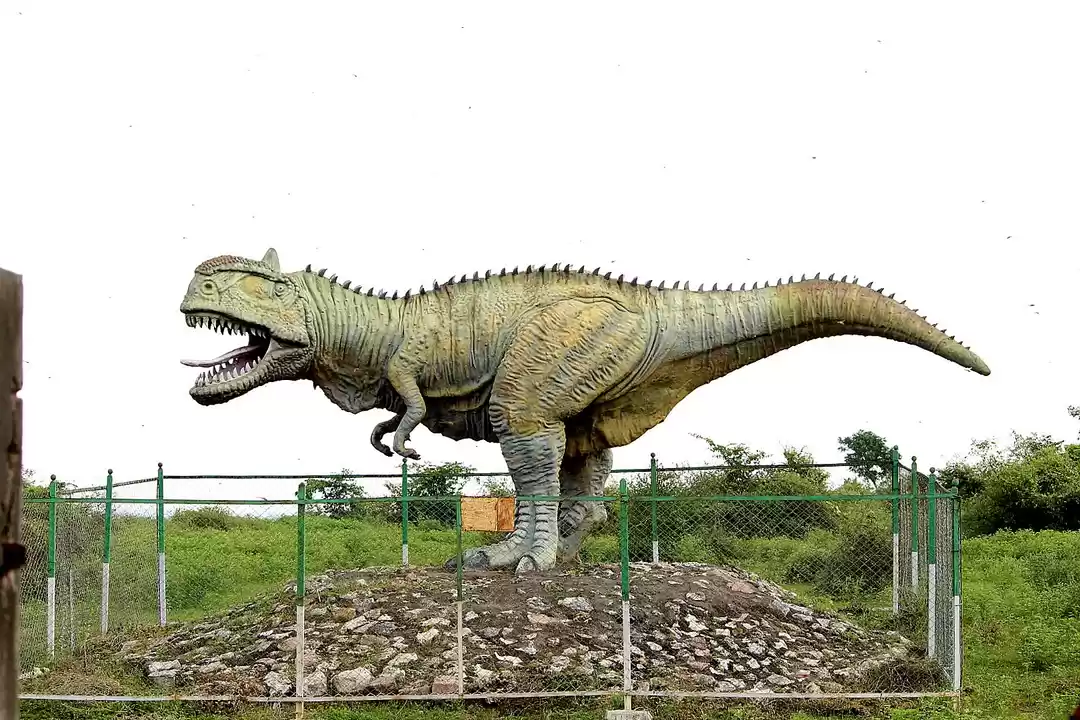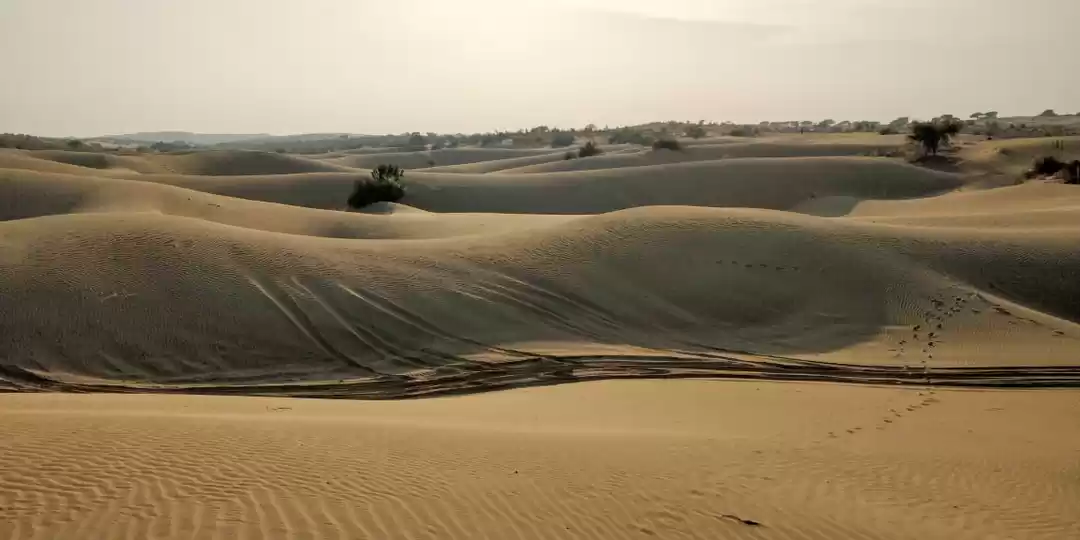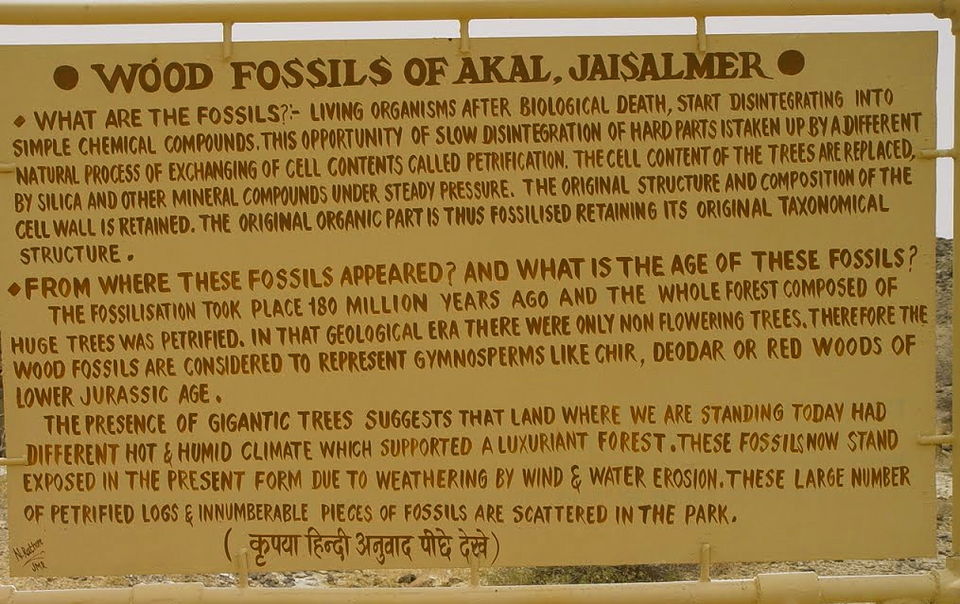












Into the Jurassic World – Akal Wood Fossil Park Jaisalmer
180 Million years ago a massive area of Gondwana began its split with Africa and South America breaking apart from the other half. About 140 million years ago, South America and Africa split, opening up the South Atlantic Ocean between them. Meanwhile, on the eastern half of the once-supercontinent, Madagascar made a break from India and both moved away from Australia and Antarctica. Gigantic trees of Chir, Deodar or Red Woods of lower Jurassic Park covered this part of the Indian land, which lies 17kms aways from Jaisalmer (Rajasthan). The presence of the fossils suggest that the land where we stand today was hotter than it feels now & humid supporting the verdant area.
The only wandering living mammals eons of years ago in these vast lands were Dinosaurs. Over the years, this part of the land got submersed into the sea, which seeped in from the split of land preserving trees and remains of the past as fossils.
After the extinction of dinosaurs, formation of continents, rise of human civilisations, and formation of nation states was found Akal in 1960s near the largest desert of India.
180 Million Years Fast forward..
About 1 km off the road to Barmer & 17 kms from Jaisalmer behind the green fortified highway lays a barren forbidding land, with dry and stalky bushes lost of their nutritive value. Two Emu birds inspect the visitors from behind the big guarded gates, while a startled guard saunters out from his room at the honk of our car.
Historical fact..
According to the story revealed by the guard, the Indian Mythology Ramayan narrates, when King Rama prayed to Lord Vishnu, the king of oceans and rain to help him make way to reach Lanka in order to save his wife Sita from Ravana, he did not answer his prayer at once. With a outburst of anger of not being responded, Rama took out one of his arrow and sent it like a thunderbolt of Indra into the sea. The ocean was badly shaken and perturbed, however, there was no response from Lord Vishnu. Just as Lord Rama invoked the Brahmastra, which was considered the most powerful weapon capable of destroying the whole creation, Lord Varuna arose from the ocean and blessed Rama to build a bridge to Lanka. Rama was asked by Lord Varuna to re-direct the weapon at a demonic race that resided in the heart of the ocean at Dhramatulya. As a result of the Brahmastra, the ocean got destroyed and is now known as the present day Thar Desert of Rajasthan.
The 21-hectare preserved area of the park is an abandoned land, packed with valuable history that takes you back in time that is lost of its precious treasure. The discovery of wood fossil generated a lot of interest in geologist, botanist, and other scientists that lead to depletion of fossils from this land for research purpose and as a source of income by its sale. Between the researchers and the collectors, Akal has been stripped clean of wood fossils in decades.
Now what remains are countable numbers of fossils lying under the corrugated iron shelters, caged in the desolate desert. You may ask why caged? This was the only way to protect and preserve the precious fossils from invaders.
The very fact, that where we stand today is a land where enticing stories of the past took place, where the ocean embraced the land submersing the jewels of past, a place where you walk into the footsteps of dinosaurs is enough of an incentive to witness it.
Near the entrance are located mud brick huts with thatched roofs that preserve fossils of dinosaur tooth’s, bones, and a few stone fossils tagged with hand written notes on paper slips. A few framed posters hang on the colour drained walls, illuminated by bulbs narrating the story of the formation of the Earth and its transitions. The government museum of Jaisalmer now exhibits some of the precious fossils.
It is disappointing to see how an area of rare fossil heritage has been stripped in the name of research and as means of income (by sale). However, there are still some fossils that remain. The largest fossil is 13.4m long and 0.4m wide of a tree trunk, and there are some that lay neither caged nor marked. Along the various tree fossils, you witness different varieties of sea shells stuck in the desert sand. The combination of sea shells wrapped in desert sand is a mesmerising experience which makes you question the magic of time and functioning of the universe.
In a conversation with the guard who took me around came the confession, that tourists mostly stopped over just to inquire about the way to Jaisalmer. Sadly, but truly, only a handful of visitors interested in geology visit the place around the year, as it is hardly recommended by guides and travel desks. In a way the casual attitude towards this place is convincible due to the land being ripped away by generations, and neglected by the government. However, I still recommend a visit to Akal on your way to rekindle a geologist’s joy, for Jurassic World lovers, and in the hope of getting this precious wonder in limelight.






